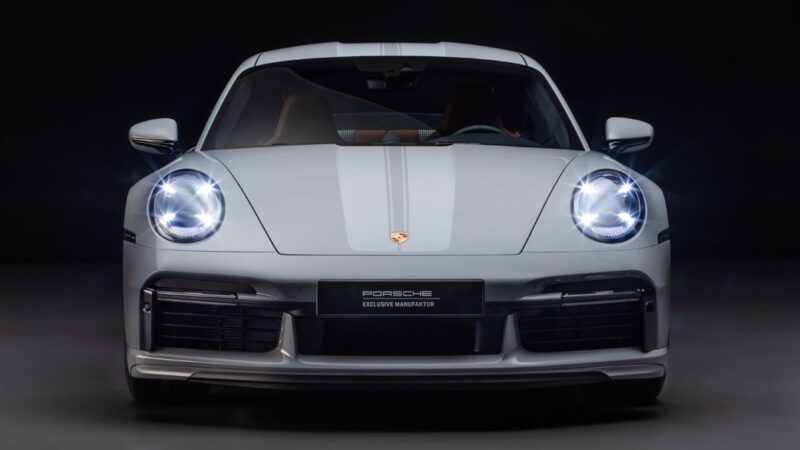Even with only 1,250 being made, a painstaking amount of work went into designing the Porsche 911 Sport Classic.
It’s the definition of a dream car. Think about it: with a 7-speed manual, 543 horsepower, rear-wheel drive, and bumper-to-bumper vintage charm, all in an iconic modern Porsche 911 package, the Porsche 911 Sport Classic is a real gem. However, creating such a car isn’t as easy as it seems. To find out what really went into the creation of this stunning vehicle, Porsche talked to its designers to see just what it took.
MUST READ: New Porsche 911 Sport Classic Debuted With 543-Horsepower And A 7-Speed Manual Transmission
This is actually the second Porsche 911 Sport Classic, with the first one having been released in 2009. Porsche Exclusive Manufaktur, called Porsche Exclusive at the time, had originally intended for each vehicle they did to be done only once, but customers desperately wanted another Porsche 911 Sport Classic, and we don’t disagree. The name comes from the designers originally wanting to call the car the SC, short for Super Carrera, but the naming rights were taken, and the car wasn’t exactly a successor to the 911 SC of the past. So while the SC initials stuck, Sport Classic became their antecedent.
The body design presented a big challenge, with the wide body, ducktail, and roof all being made to honor vintage 911s. The recessed roof prevented the original 911 Sport Classic from being sold in the United States due to specific expensive tests being required, but the designers managed to make it work for this new version. The wood in the interior, while unusual for a modern 911, is a touch that hearkens back to the classic Porsche 911 of the 1960s, and in the Sport Classic, the open-pore finish modernizes it. Another touch that references the Porsche 911 of old is the use of green in the instrument panel. Phosphorus was used to give a green glow to the gauge needles of vintage cars for the afterglow to see them at night, and while that is no longer the method, the use of green in the instrument cluster has old-school appeal. The Porsche 911 Sport Classic is fully dedicated to both its modern and vintage inspiration, and that’s a balance that takes a lot of work to achieve.
Source: Porsche
